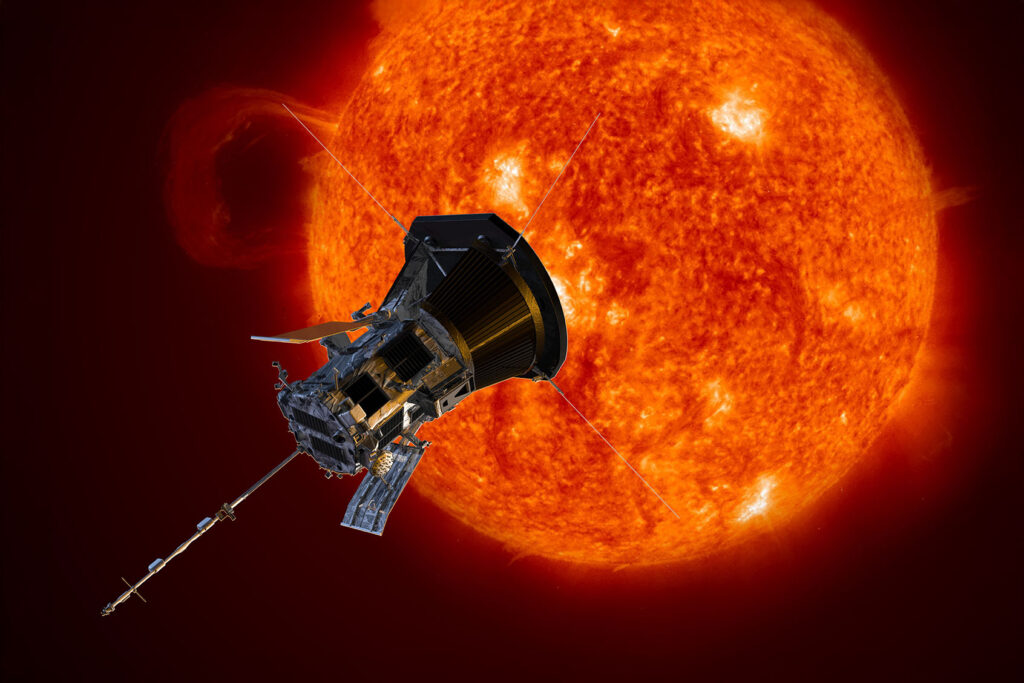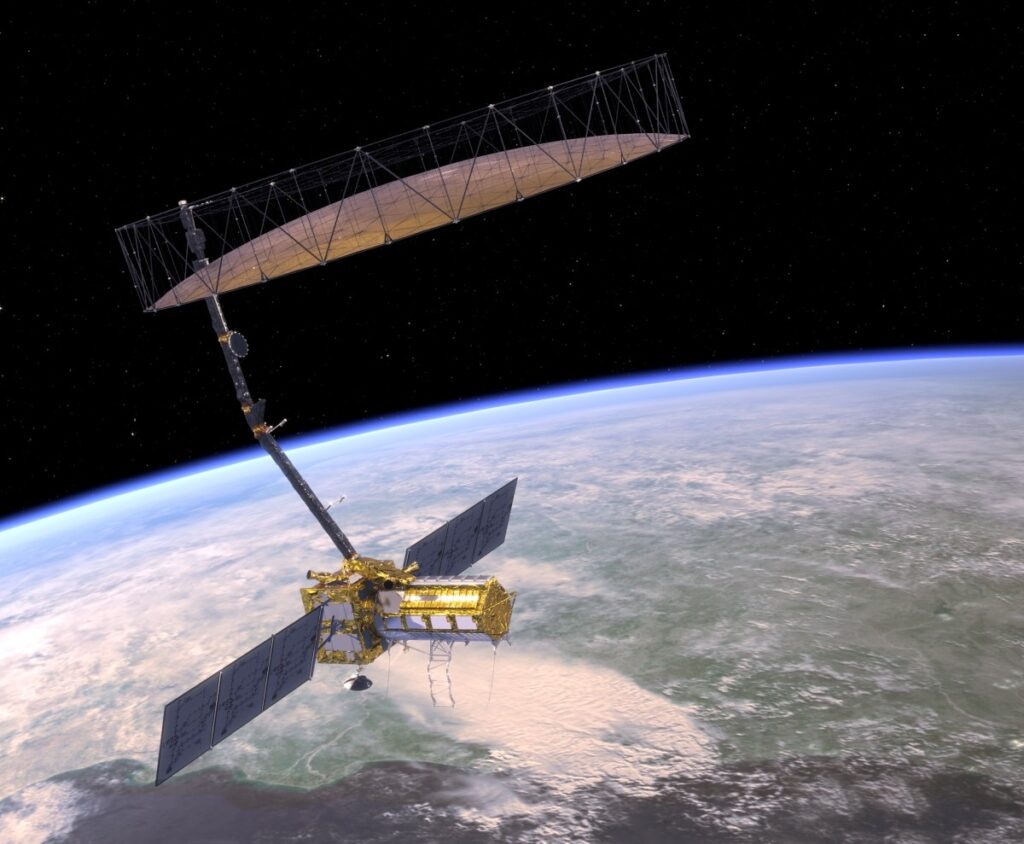NASA’s Curiosity rover accidentally reveals ultra-rare sulfur crystals after crushing a rock on Mars

NASA Space Technology

NASA’s Curiosity Mars rover has accidentally uncovered an abundance of never-before-seen crystals on the Red Planet after inadvertently running over a rock.
On May 30, the rover was exploring Gediz Vallis — a channel carved into the steep slopes of Mount Sharp in the heart of Gale Crater — when it accidentally drove over a small rock, cracking it open. When the rover’s cameras focused on what the robot had tripped over, scientists spotted peculiar yellow crystals gleaming among the rock’s newly exposed innards.
The crystals in the cracked rock were too small and delicate for the rover to properly handle. But when the robot drilled into another nearby rock, it revealed the crystals were made of pure sulfur.
Sulfur has been detected on Mars before — but only when combined with other elements in compounds known as sulfates. Until now, pure sulfur, also known as elemental sulfur, had never been found on the Red Planet. Scientists suspected there might be elemental sulfur somewhere on Mars but were surprised to find it inside surface rocks.
“It shouldn’t be there, so now we have to explain it,” Ashwin Vasavadaa Curiosity rover project scientist at NASA’s Jet Propulsion Laboratorysaid in a statement. “Discovering strange and unexpected things is what makes planetary exploration so exciting,” he added.
Related: 15 Martian objects that aren’t what they seem
Photos of the surrounding area also revealed that the ground around these rocks is littered with similar geodes, NASA representatives wrote in the statement.
The rover didn’t confirm the presence of the yellow crystals in any other rocks. However, scientists are confident the nearby rocks also contain sulfur, which makes this area a site of interest for future study.
“Finding a field of stones made of pure sulfur is like finding an oasis in the desert,” Vasavada said.
Curiosity, which landed in the region in 2012, has found several other intriguing rocks in and around Gediz Vallis. In February, the rover snapped photos of “waves” carved into an ancient lakebed by Martian water millions of years ago. And in May, the wandering robot found rocks containing manganese oxidewhich is the best evidence yet that the Red Planet once had an oxygen-rich, Earth-like atmosphere.



 Hot Deals
Hot Deals Shopfinish
Shopfinish Shop
Shop Appliances
Appliances Babies & Kids
Babies & Kids Best Selling
Best Selling Books
Books Consumer Electronics
Consumer Electronics Furniture
Furniture Home & Kitchen
Home & Kitchen Jewelry
Jewelry Luxury & Beauty
Luxury & Beauty Shoes
Shoes Training & Certifications
Training & Certifications Wears & Clothings
Wears & Clothings
















